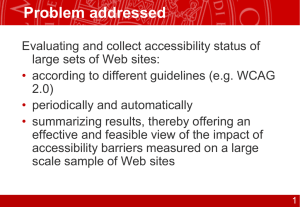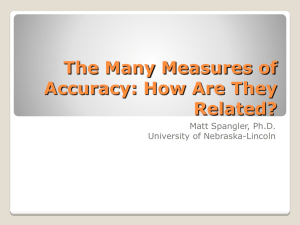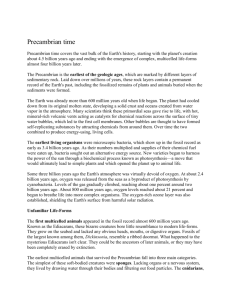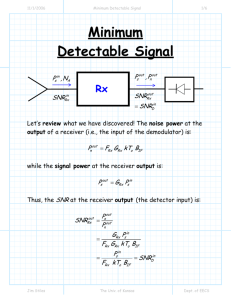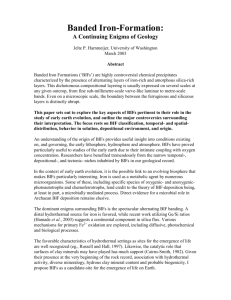Material properties and microstructure from
advertisement
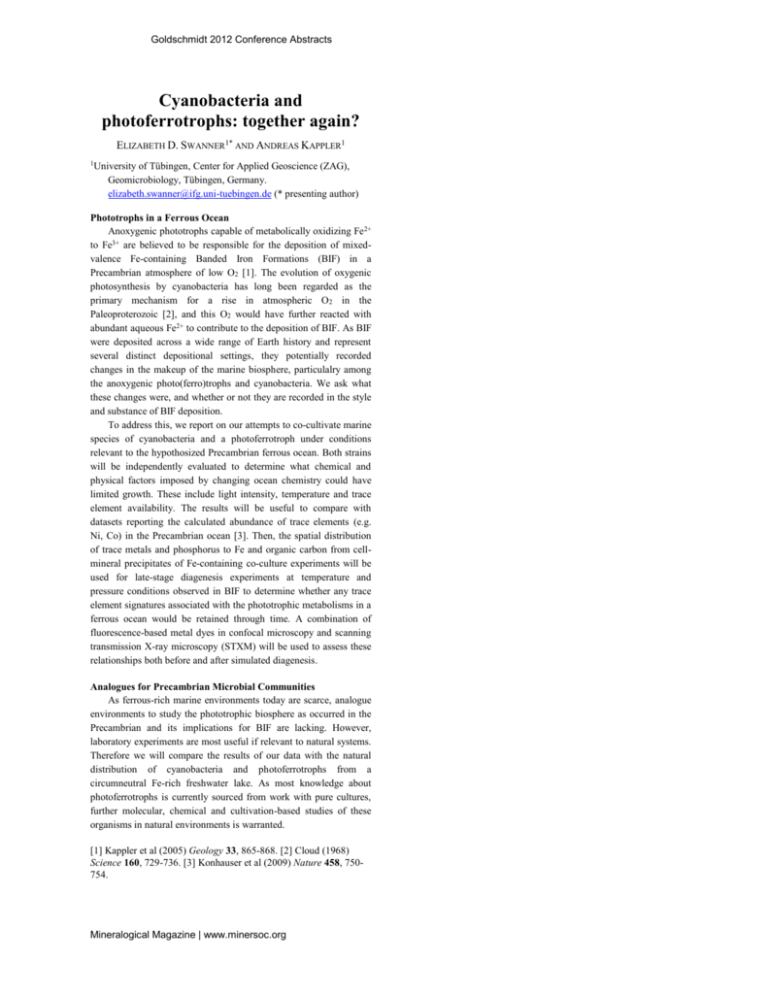
Goldschmidt 2012 Conference Abstracts Cyanobacteria and photoferrotrophs: together again? ELIZABETH D. SWANNER1* AND ANDREAS KAPPLER1 1University of Tübingen, Center for Applied Geoscience (ZAG), Geomicrobiology, Tübingen, Germany. elizabeth.swanner@ifg.uni-tuebingen.de (* presenting author) Phototrophs in a Ferrous Ocean Anoxygenic phototrophs capable of metabolically oxidizing Fe2+ to Fe3+ are believed to be responsible for the deposition of mixedvalence Fe-containing Banded Iron Formations (BIF) in a Precambrian atmosphere of low O2 [1]. The evolution of oxygenic photosynthesis by cyanobacteria has long been regarded as the primary mechanism for a rise in atmospheric O2 in the Paleoproterozoic [2], and this O2 would have further reacted with abundant aqueous Fe2+ to contribute to the deposition of BIF. As BIF were deposited across a wide range of Earth history and represent several distinct depositional settings, they potentially recorded changes in the makeup of the marine biosphere, particulalry among the anoxygenic photo(ferro)trophs and cyanobacteria. We ask what these changes were, and whether or not they are recorded in the style and substance of BIF deposition. To address this, we report on our attempts to co-cultivate marine species of cyanobacteria and a photoferrotroph under conditions relevant to the hypothosized Precambrian ferrous ocean. Both strains will be independently evaluated to determine what chemical and physical factors imposed by changing ocean chemistry could have limited growth. These include light intensity, temperature and trace element availability. The results will be useful to compare with datasets reporting the calculated abundance of trace elements (e.g. Ni, Co) in the Precambrian ocean [3]. Then, the spatial distribution of trace metals and phosphorus to Fe and organic carbon from cellmineral precipitates of Fe-containing co-culture experiments will be used for late-stage diagenesis experiments at temperature and pressure conditions observed in BIF to determine whether any trace element signatures associated with the phototrophic metabolisms in a ferrous ocean would be retained through time. A combination of fluorescence-based metal dyes in confocal microscopy and scanning transmission X-ray microscopy (STXM) will be used to assess these relationships both before and after simulated diagenesis. Analogues for Precambrian Microbial Communities As ferrous-rich marine environments today are scarce, analogue environments to study the phototrophic biosphere as occurred in the Precambrian and its implications for BIF are lacking. However, laboratory experiments are most useful if relevant to natural systems. Therefore we will compare the results of our data with the natural distribution of cyanobacteria and photoferrotrophs from a circumneutral Fe-rich freshwater lake. As most knowledge about photoferrotrophs is currently sourced from work with pure cultures, further molecular, chemical and cultivation-based studies of these organisms in natural environments is warranted. [1] Kappler et al (2005) Geology 33, 865-868. [2] Cloud (1968) Science 160, 729-736. [3] Konhauser et al (2009) Nature 458, 750754. Mineralogical Magazine | www.minersoc.org

